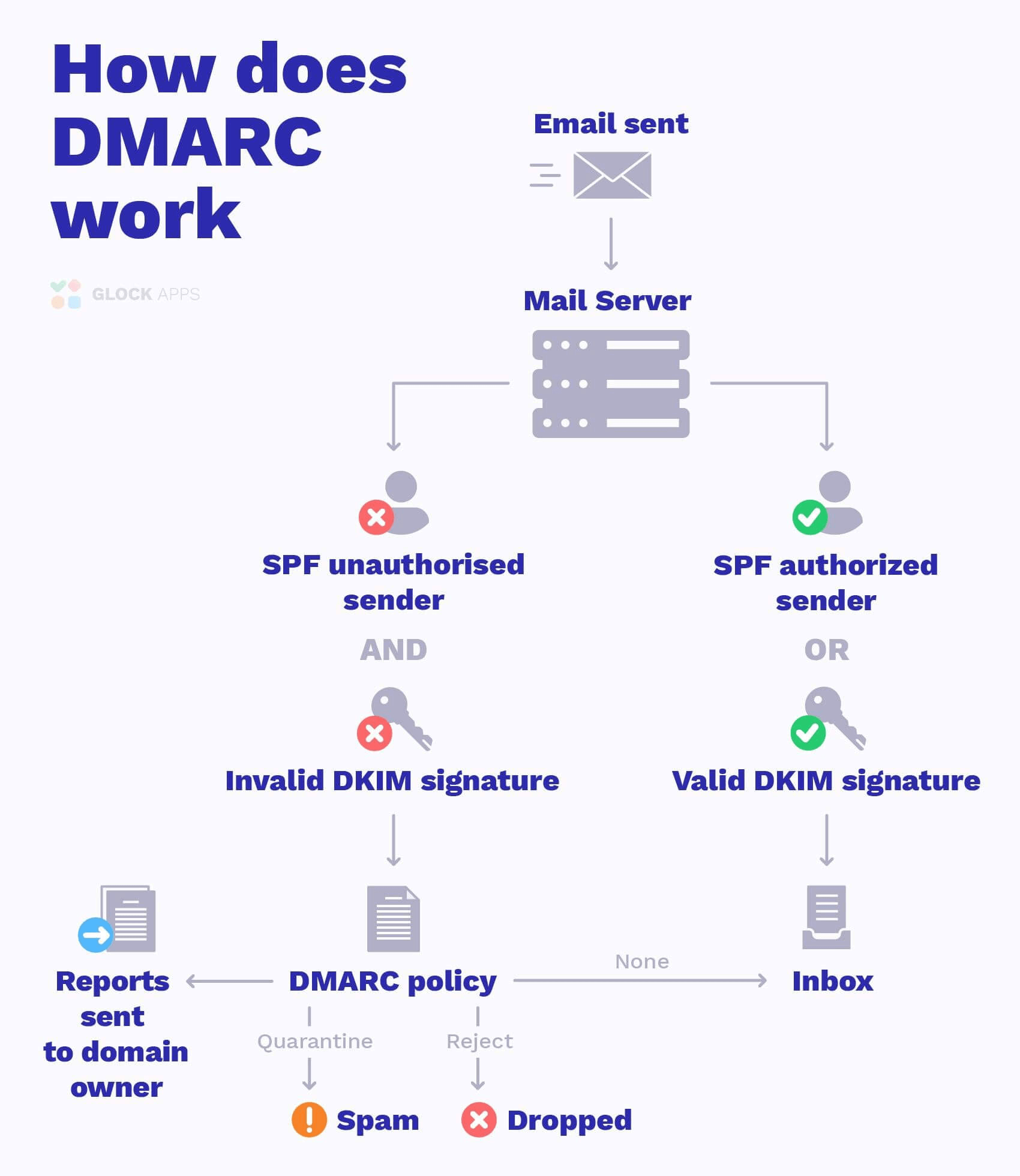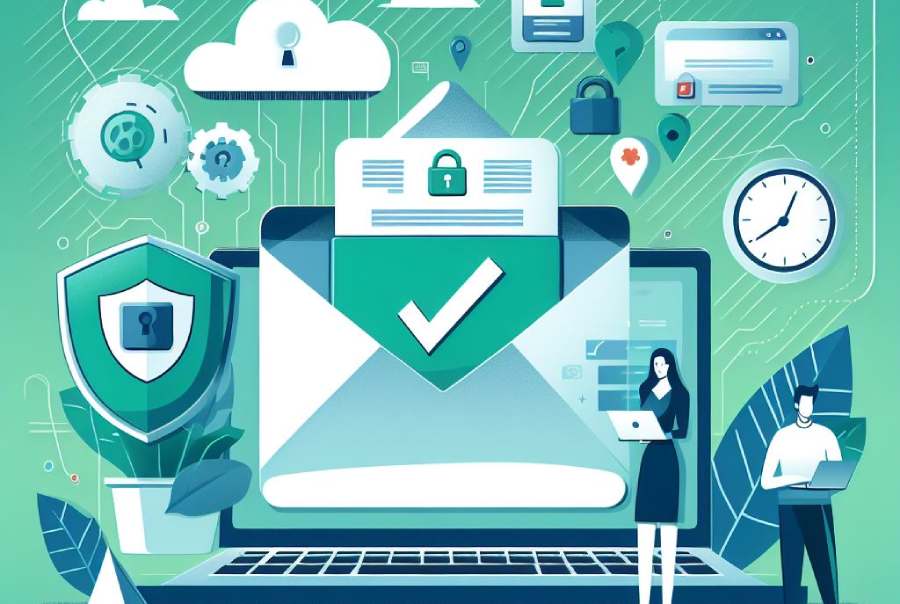Setting up DMARC for Klaviyo is an essential step to enhance your email deliverability and protect your brand's reputation. By implementing DMARC (Domain-based Message Authentication, Reporting, and Conformance), you can ensure that your emails are authenticated and help prevent phishing attacks. In this article, we will guide you through the process of setting up DMARC for Klaviyo, ensuring that your email marketing campaigns reach your audience effectively.
DMARC works in conjunction with SPF (Sender Policy Framework) and DKIM (DomainKeys Identified Mail) to provide a robust email authentication protocol. With the rise of email scams and phishing attempts, having a solid DMARC policy in place is crucial for businesses that rely on email communication. In the following sections, we will provide a comprehensive overview of the steps involved in setting up DMARC for Klaviyo, along with best practices to follow.
In this step-by-step guide, we aim to empower you with the knowledge and tools needed to configure DMARC for your Klaviyo account. By the end of this article, you will have a clear understanding of how to improve your email security and marketing effectiveness.
Table of Contents
Understanding DMARC
DMARC is an email authentication protocol that helps protect your domain from unauthorized use, such as phishing attacks and email spoofing. It provides a way for domain owners to publish policies about their email authentication practices and specify how receiving mail servers should handle emails that fail authentication checks.
The key components of DMARC include:
- Alignment: DMARC checks that the domain in the "From" header aligns with the domains used in SPF and DKIM authentication.
- Policy: Domain owners can specify how mail servers should respond to emails that fail DMARC checks: none, quarantine, or reject.
- Reporting: DMARC provides a reporting mechanism that sends feedback to domain owners about the emails sent from their domain.
Importance of DMARC for Email Security
Implementing DMARC is vital for several reasons:
- Improved Deliverability: DMARC helps improve email deliverability rates, ensuring that your emails reach your subscribers' inboxes.
- Brand Protection: By preventing unauthorized use of your domain, DMARC protects your brand's reputation and reduces the risk of phishing attacks.
- Enhanced Visibility: DMARC provides valuable insights into your email traffic and any potential threats.
Preparing Your Domain for DMARC Setup
Before setting up DMARC for Klaviyo, you need to ensure that your domain is correctly configured for SPF and DKIM. This preparation involves:
- Verifying that your domain is properly set up with Klaviyo.
- Ensuring that you have access to your DNS records.
- Checking existing SPF records to avoid conflicts.
Setting Up SPF and DKIM for Klaviyo
To set up DMARC effectively, you must first configure SPF and DKIM:
Setting Up SPF
SPF records allow you to specify which mail servers are authorized to send emails on behalf of your domain. Here’s how to set it up for Klaviyo:
v=spf1 include:klaviyo.com ~allSetting Up DKIM
DKIM adds a digital signature to your emails, allowing receiving servers to verify that the email was sent by you and hasn’t been altered. To set up DKIM for Klaviyo:
Creating Your DMARC Record
Once SPF and DKIM are set up, you can create your DMARC record:
v=DMARC1; p=none; rua=mailto:your-email@example.com; ruf=mailto:your-email@example.com; adkim=r; aspf=r;In this example, "p=none" indicates that you are only monitoring DMARC results without enforcing any action. You can change this to "quarantine" or "reject" once you are confident in your setup.
Testing Your DMARC Setup
After creating your DMARC record, it’s crucial to test your setup:
- Use online DMARC checkers to verify the correctness of your DMARC record.
- Send test emails to check if they pass SPF, DKIM, and DMARC validations.
Monitoring DMARC Reports
Once your DMARC record is live, you will start receiving reports regarding your email authentication:
- Analyze the reports to understand how your domain is being used.
- Look for unauthorized attempts to send emails from your domain.
Troubleshooting Common DMARC Issues
If you encounter issues with your DMARC setup, consider the following:
- Ensure your SPF and DKIM records are correctly configured.
- Check for typos in your DMARC record.
- Review DMARC reports for insights into failures.
Conclusion
In conclusion, setting up DMARC for Klaviyo is a critical step to enhance your email deliverability and protect your domain from misuse. By following the steps outlined in this article, you can ensure that your emails are authenticated and your brand is safeguarded against phishing attacks. We encourage you to leave a comment below if you have any questions or share this article with others who may benefit from this information.
Closing Remarks
Thank you for reading! We hope this guide has been helpful in your journey to improve your email security. Don't forget to return for more valuable insights and updates on email marketing and security best practices.
Also Read
Article Recommendations


ncG1vNJzZmivp6x7tMHRr6CvmZynsrS71KuanqtemLyue9KtmKtlpJ64tbvKamdooJ%2BserW7jKycrWWlpXqlucCrmmaen6d6rLjAr6Cyp16dwa64